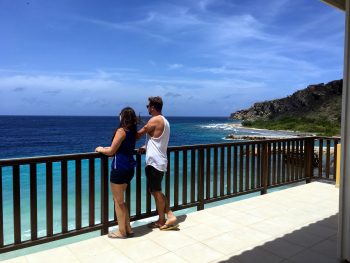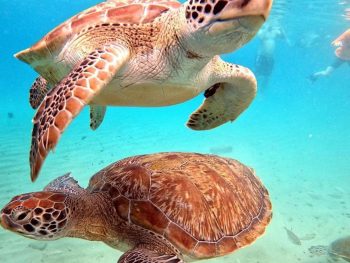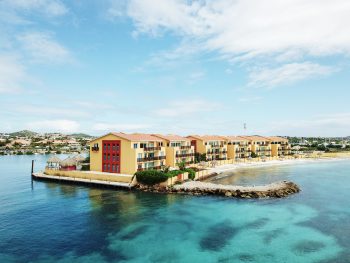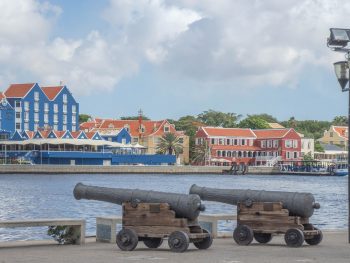Let’s talk about the attention the tourists receive at Curacao when they are on vacation.
The infrastructure of the island of Curaçao, north of the Venezuelan coast in the Caribbean Sea, is of high quality.
The education, health, and transportation system are on par with Europe. There is qualified personnel, thanks to the fact that education on Curaçao is similar to that of the Netherlands.
Willemstad, its capital, is an architectural beauty declared “World Cultural Heritage”.

Can you find a little bit more attention?
Its hotels, including the Palapa Beach Resort between Willemstad and Jan Thiel. All this, with their attractive services, are an example of how Curaçao’s visitors are treated.
Its streets, which resemble a color palette, with pastel-colored houses and painted ceilings. All this, combined with the warmth of its people. Fact or fiction, the stories of Curaçao give a glimpse of the magic that prevails on this Caribbean island.
It also has the charm of its cultural mix, framed by the history of its ancestors. Also, the time of colonization and slavery and its European heritage.
There are many myths and legends heard from the people of Curaçao, who speak proudly of this exotic land. Most of its citizens speak four languages, including Spanish.
This implies a high cultural level and an idiosyncrasy that allows them to know the importance of tourist activity. For the island, it is a source of income. As it happens in most of the European countries.
What the experience is about
Initially, the tourist doesn’t see the local inhabitants as people, but as objects for possible assimilation of experiences. All this, as well as other matters that the tourist during his stay sees, hears or smells.

What is important about this observation is that the tourist visits the place of his choice with a certain attitude. This attitude is not in harmony with some of the ideas of sustainable tourism.
The involvement of a local population in a tourism activity should be obvious because they are directly influenced by it.
There are cases where residents form an attraction for themselves. That is to say, they make their customs represent a fun activity for the tourist. All this is so different from the world of the tourist, who sees them even as a curiosity. We must remember that the tourist comes with the interest of learning new cultures.
If the traveler arrives by air, when he gets off the plane the staff on duty welcomes the visitor with the native: “Bon biní” (“welcome” in Papiamento, his native language).
Attention here is all that matters!
They greet the visitor with a fraternal embrace as if he knew those who have been arriving for a long time since something that characterizes the people of Curaçao is their kindness and good vibes.
In addition to their ability to speak at least four languages (Papiamento, Dutch, English, and Spanish).
This is important when it comes to communication, as it facilitates the process by handling the same linguistic code. The Curazoleño is friendly and helpful to tourists.
He is aware of his role as a receiver and of the benefits that tourism brings to the island. They are trained with these criteria.













 What are the real estate investment options at Jan Thiel Curacao?
What are the real estate investment options at Jan Thiel Curacao?